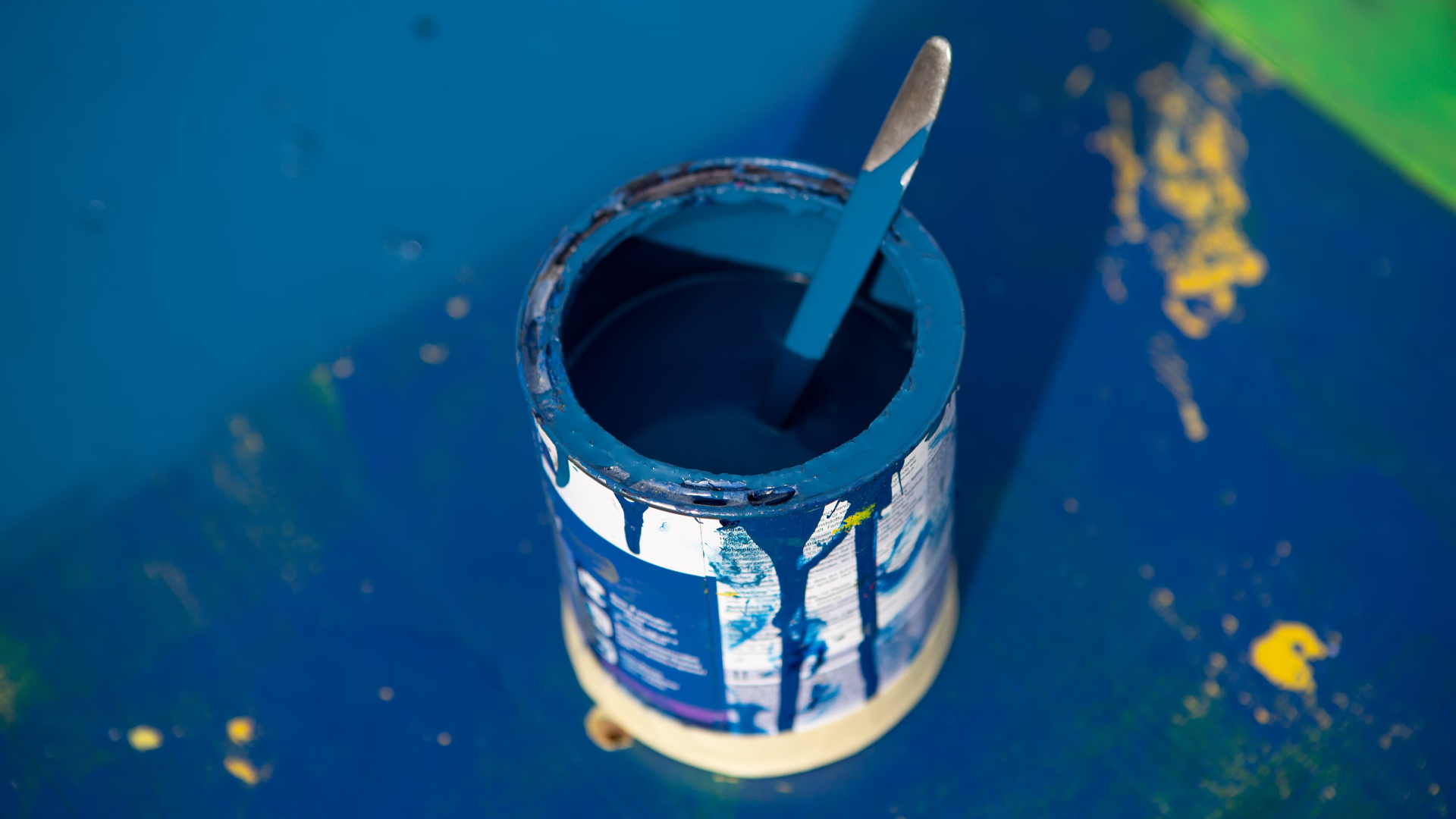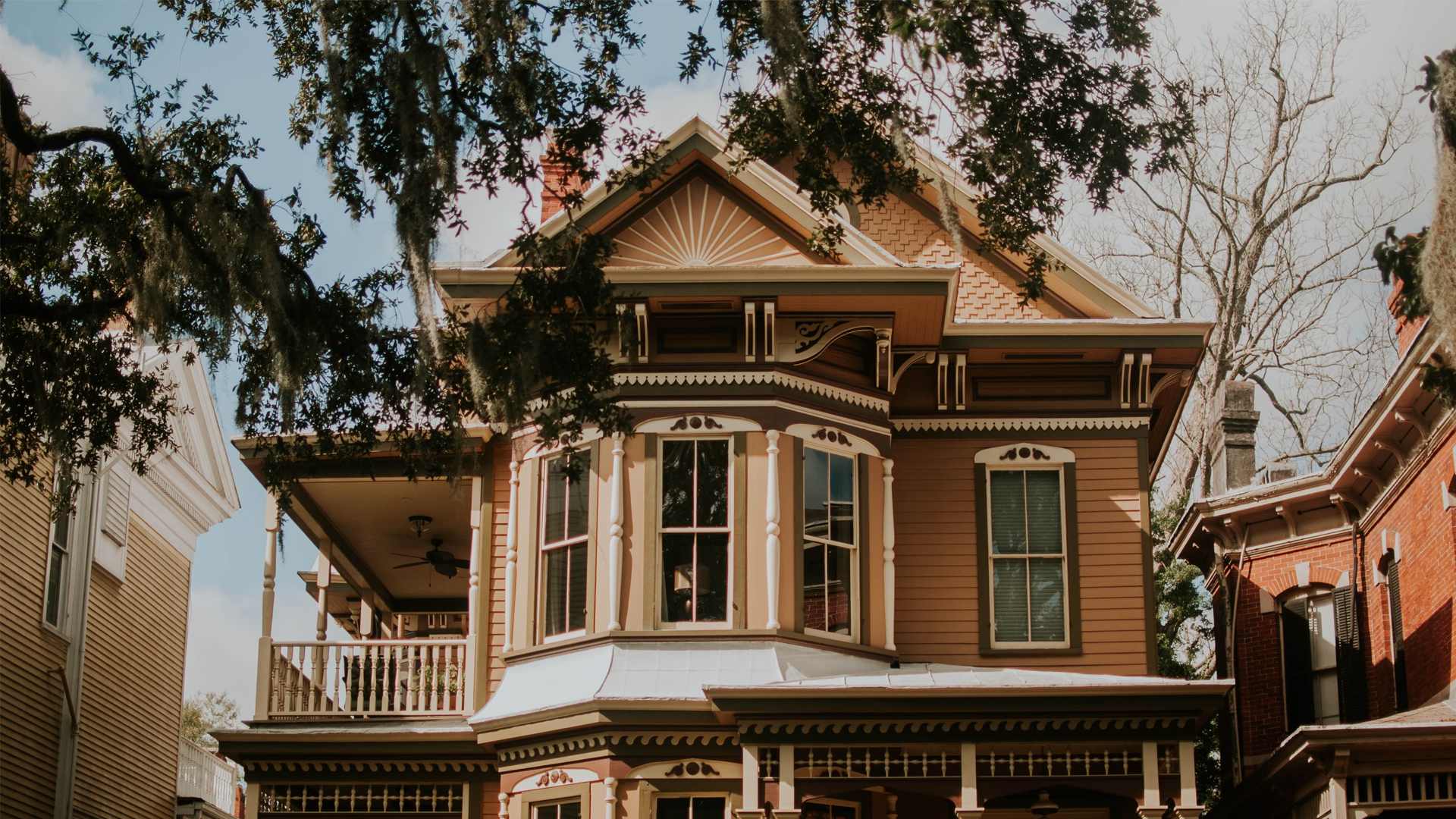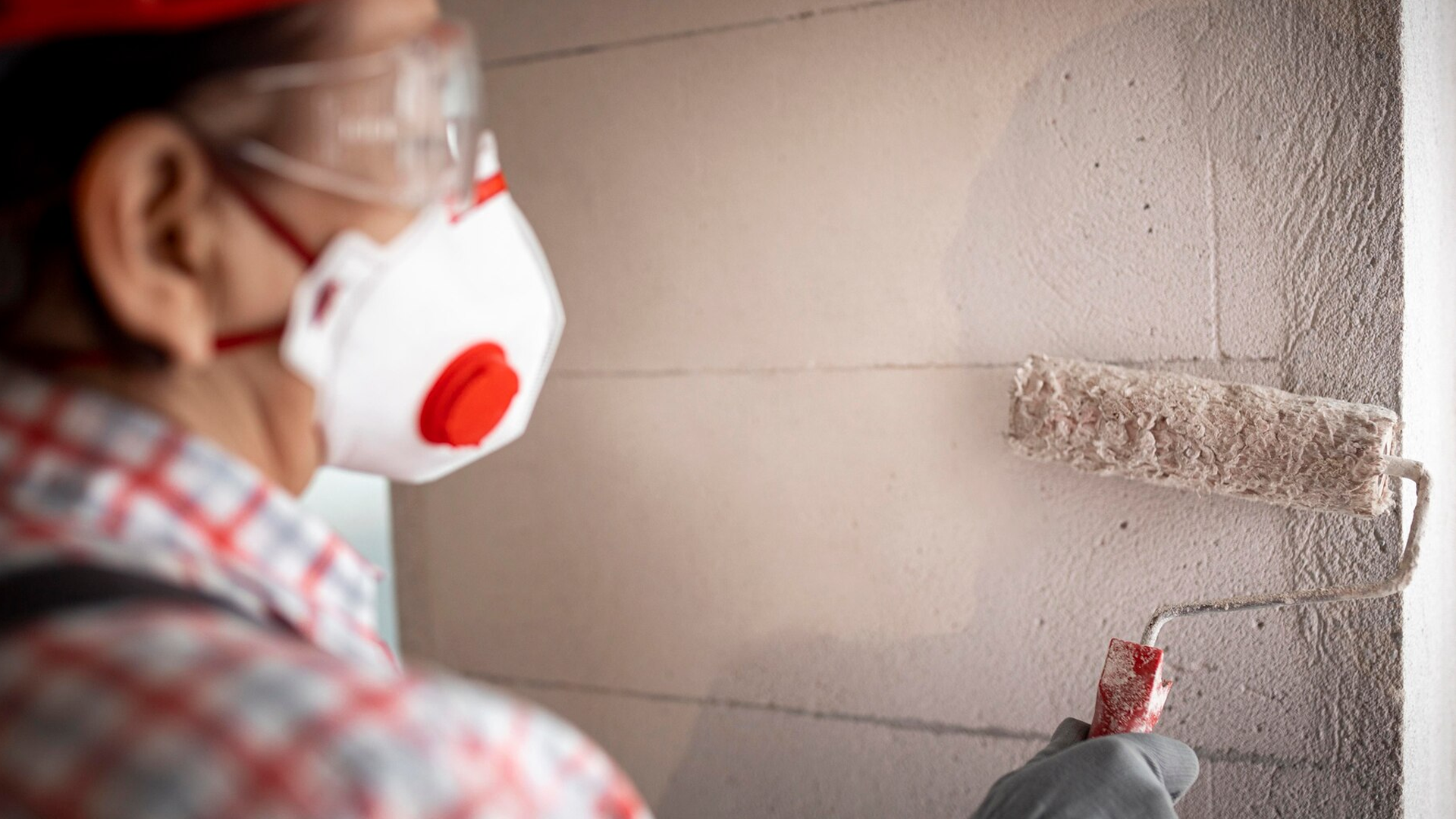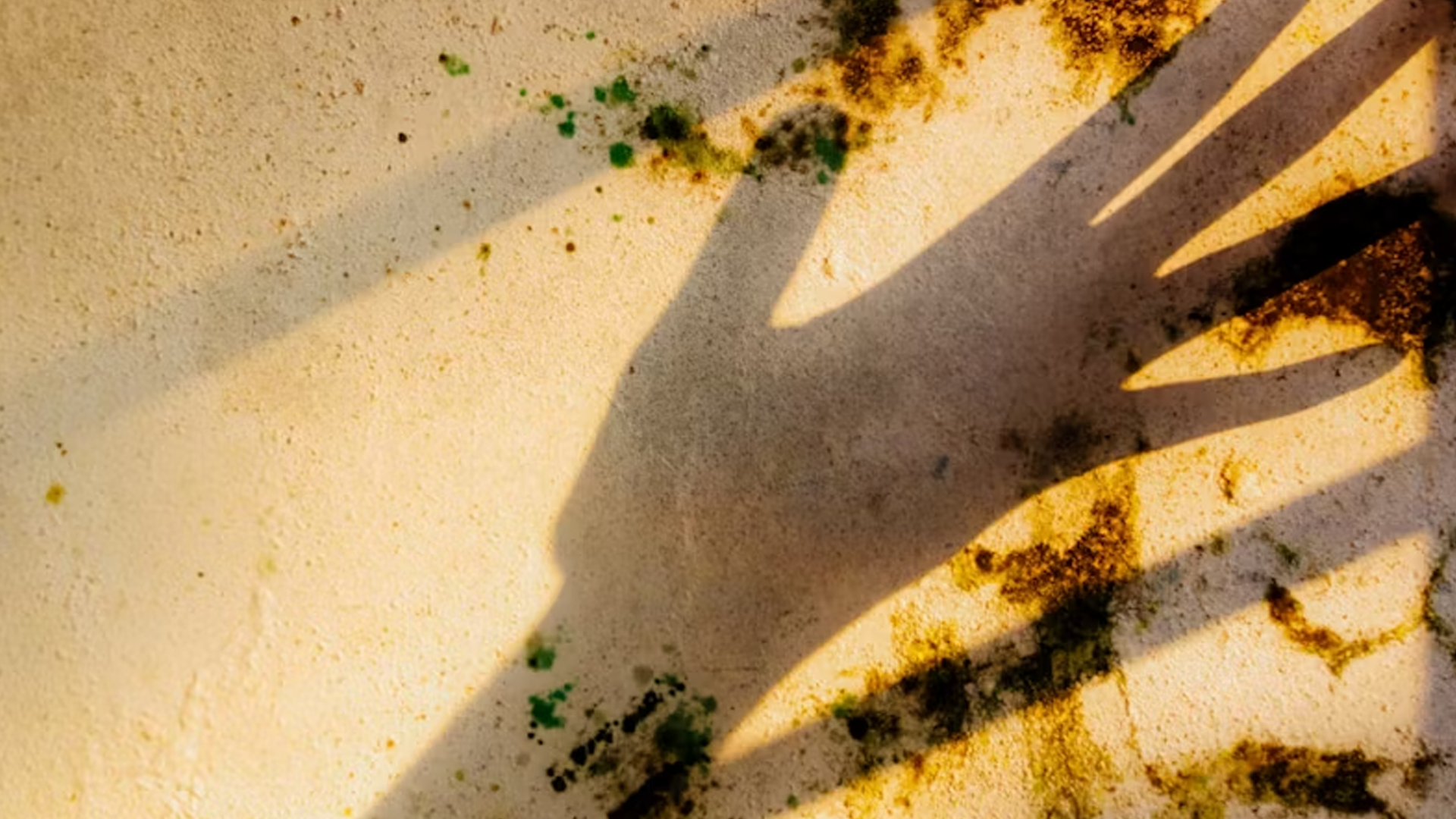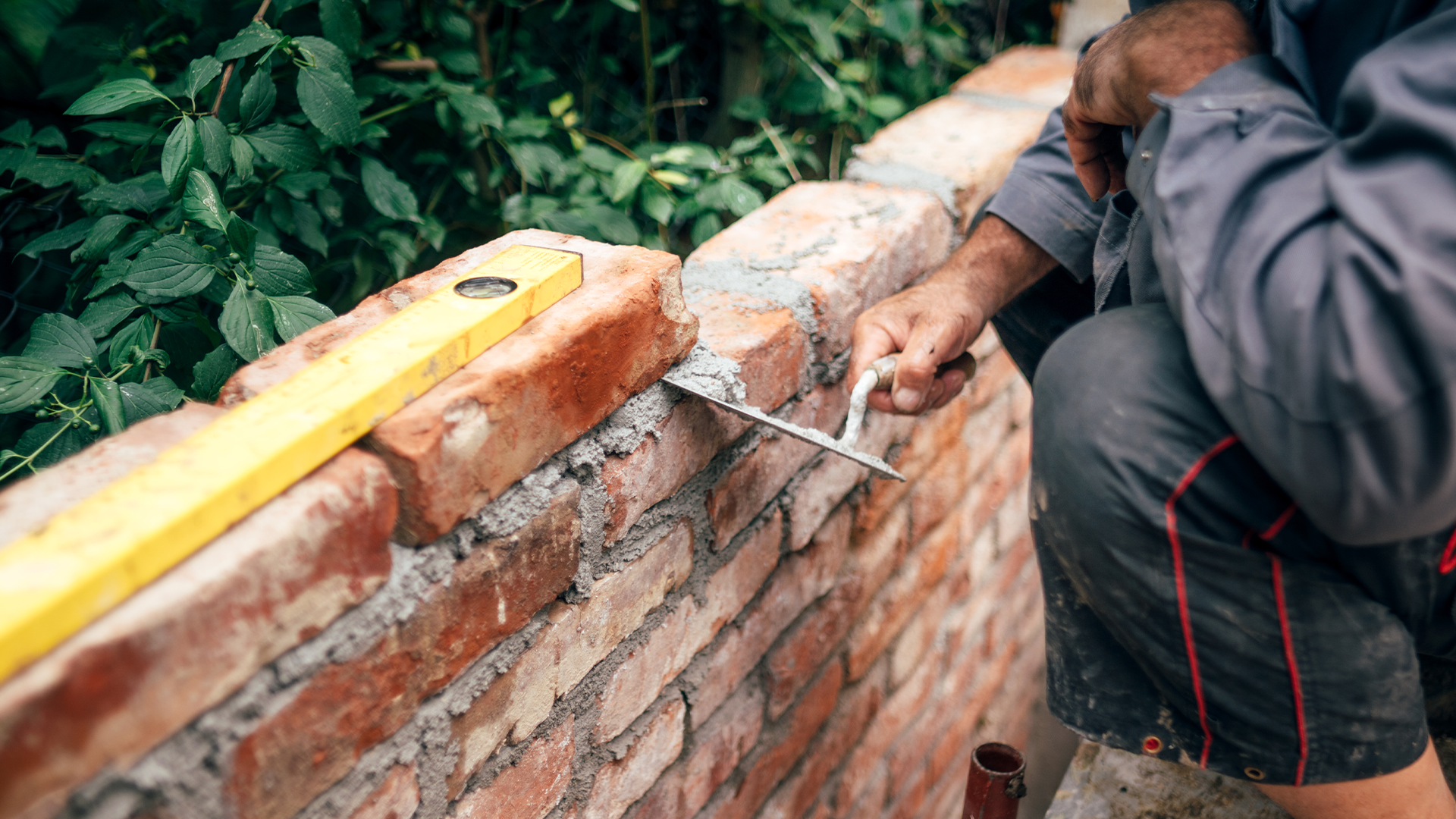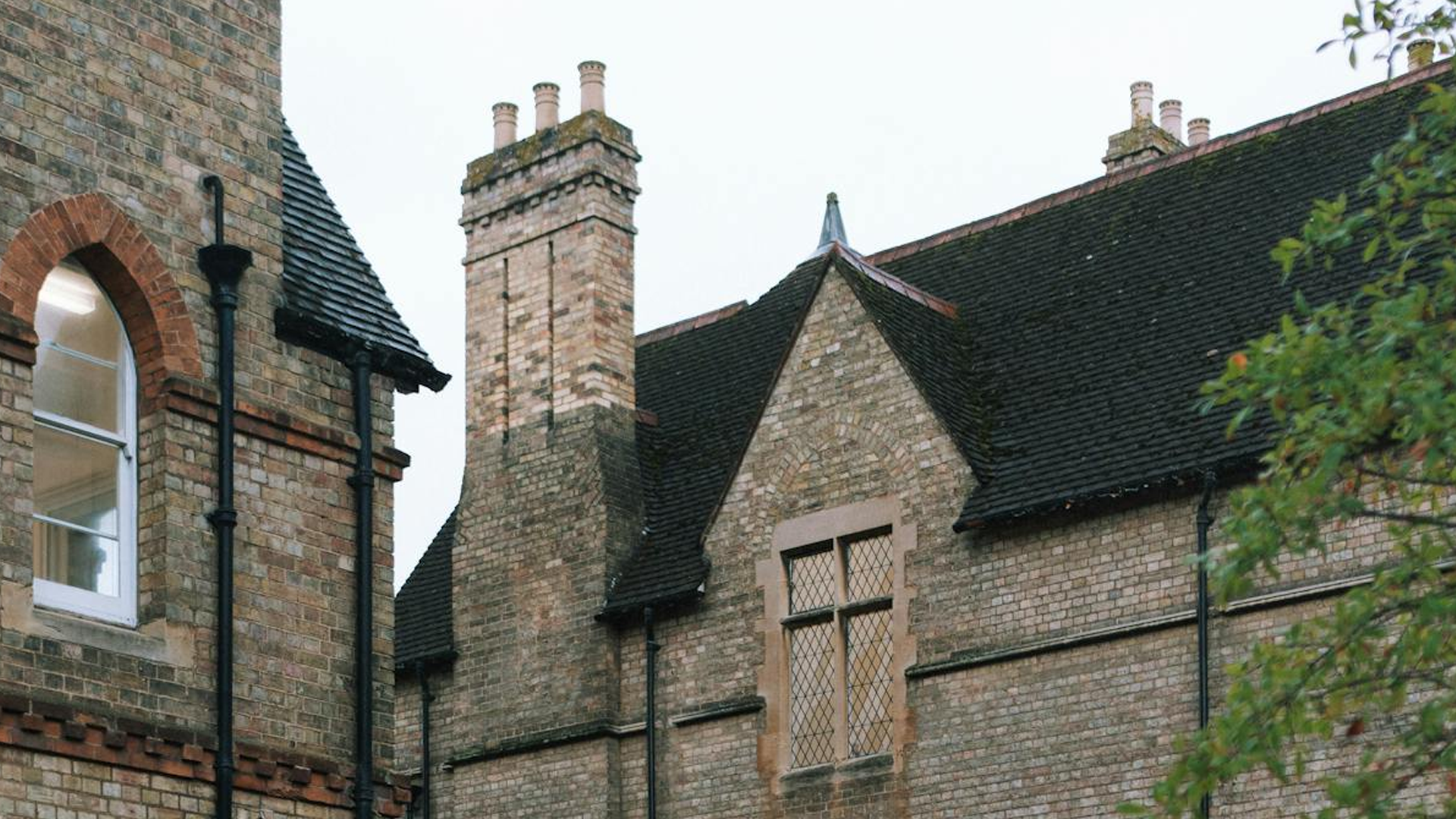Introduction
Painting masonry at height can dramatically improve the exterior aesthetics of your home. However, this task requires a significant level of precaution and safety to prevent accidents and ensure a top-quality result. As experts in exterior wall coatings and weatherproof coatings, All Weather Coating understands the importance of safety in these projects. In this blog post, we’ll guide you through the essential precautions you need to take.
Understand the Risks
Understanding the risks involved in painting masonry at height is the first crucial step towards ensuring safety. This task can present two significant areas of concern: the inherent dangers of working at height, and the potential hazards associated with the materials used.
Working at Height
The risk of falls is inherently high when you’re working above ground level. This risk can increase exponentially when you’re manoeuvring with heavy equipment and materials, such as paint buckets and brushes. In addition, loose or falling equipment can pose a risk to others in the vicinity.
The Health and Safety Executive (HSE) in the UK has outlined a comprehensive set of guidelines for safe operation when working at height. These guidelines emphasise the importance of planning and organising, selecting the right equipment, and conducting risk assessments to mitigate potential hazards.
Before commencing your painting project, it’s essential to read and understand these rules, as they provide crucial insights to help ensure your safety.
Material Safety
Paints, primers, and other coating materials can contain chemicals that may be harmful if not handled correctly. This harm can manifest in different ways, including skin and eye irritation, respiratory issues, and environmental damage.
Safety data sheets (SDS), which should come with all chemical products, provide valuable information on the nature of these chemicals, the risks they pose, and the precautions to take when using them. Ensure you familiarise yourself with this information and follow all manufacturer’s instructions when handling these materials.
Personal protective equipment (PPE) is also crucial in mitigating the risks associated with painting materials. This equipment can include items such as protective clothing, gloves, safety glasses, and, in some instances, respiratory protection. It’s essential to utilise the appropriate PPE consistently, not just when you believe you might be at risk.
In conclusion, understanding the risks associated with painting masonry at height is a crucial first step in your project. By familiarising yourself with the risks and following the appropriate guidelines, you can significantly improve your safety during the project.
Safety Measures for Painting Masonry at Height
When painting masonry at height, several safety measures should be considered to ensure the task is conducted securely and efficiently. These measures revolve around using the right equipment, securing your working area, and safe handling of materials.
Use the Right Equipment
The selection of appropriate equipment is paramount for your safety. For accessing high areas, a sturdy, reliable ladder or scaffold is essential. These should come with safety features such as non-slip feet, locking mechanisms, and guardrails to reduce the risk of falls. Ensure any equipment you use meets the British Standard (BS) or European Norm (EN) safety standards, indicating they’ve been tested for safety.
When working at considerable heights, a safety harness system is highly recommended. This system can prevent severe injuries or fatalities in case of a fall.
Lastly, don’t forget the importance of using suitable personal protective equipment (PPE). This includes safety gloves, glasses, and potentially a mask or respirator if you’re using a paint sprayer or working with particularly potent paints or solvents.
Secure Your Working Area
Securing your working area is another crucial aspect of safety. This involves clearing the area around your ladder or scaffold of any potential tripping hazards, such as loose stones or tools. Additionally, you should ensure the ground where your ladder or scaffold is set up is level and firm to prevent tipping or instability.
If you’re working in a busy area, consider using barriers or signage to alert others to your presence and keep them out of harm’s way. This is especially important if there’s a risk of falling equipment.
Safe Handling of Materials
When painting masonry at height, it’s crucial to handle your paint and equipment safely. Paint buckets should be securely fastened to prevent spillage or accidental drops that could potentially cause injury. You should also consider using a tool belt or holster to keep your tools and brushes close at hand, reducing the risk of them falling from height.
When transporting materials up and down the ladder, always keep one hand free to maintain a firm grip. Never overload yourself, as this can destabilise your balance and lead to accidents.
By implementing these safety measures, you can significantly minimise risks, ensuring your painting project proceeds smoothly and safely.
Preparing Masonry for Painting
Properly preparing masonry for painting is not only crucial for achieving a high-quality finish, but it’s also an important step in maintaining safety while working at height. This process involves cleaning the masonry, repairing any damage, and ensuring the surface is dry before starting to paint.
Cleaning Masonry
The first step in preparing masonry for painting is cleaning. This involves removing any dirt, dust, mould, or algae from the surface. You can use a specialised masonry cleaner for this purpose, or a simple mixture of warm water and mild detergent can often do the trick for less stubborn grime. A stiff-bristle brush can be useful for scrubbing away tougher patches of dirt.
If you’re working at height, remember to adhere to safety measures when cleaning the masonry. Use a sturdy ladder or scaffold, and ensure your cleaning materials are secure to prevent them from falling.
Repairing Damage
After cleaning the masonry, inspect it for any signs of damage, such as cracks or chips. Any damage should be repaired before you start painting, as it can affect the finish and potentially lead to further issues down the line. Small cracks can often be filled with a suitable masonry filler, but larger areas of damage may require professional repair.
Again, when carrying out repairs at height, it’s crucial to maintain your safety. Use the appropriate equipment, and don’t overstretch or lean excessively to reach damaged areas.
Ensuring the Surface is Dry
Once the masonry is clean and any damage has been repaired, it’s important to allow it to dry thoroughly before painting. If the masonry is wet when you start painting, it can prevent the paint from adhering properly, leading to a poor finish and potential long-term issues.
The drying time can vary depending on the weather conditions, so it’s essential to plan your painting project accordingly. Remember, safety is paramount, so don’t rush this process if the conditions aren’t ideal.
By properly preparing your masonry for painting, you’ll not only improve the finish of your paint job, but you’ll also enhance your safety when working at height. It’s a critical step that shouldn’t be overlooked.
Seek Professional Help
If you’re unsure about any aspect of painting masonry at height, consider seeking professional help. At All Weather Coating, we have a team of experienced specialists who can ensure your project is completed safely and to a high standard.
Conclusion
Safety should always be your top priority when painting masonry at height. By understanding the risks, using the right equipment, securing your working area, handling materials safely, preparing the masonry properly, and choosing the right weather conditions, you can significantly reduce the risk of accidents. However, don’t hesitate to seek professional help if you’re unsure – your safety is worth more than any DIY project.
Remember, at All Weather Coating, your safety and satisfaction are our top priorities. Contact us today to learn more about our exterior wall coating and weatherproofing services.
